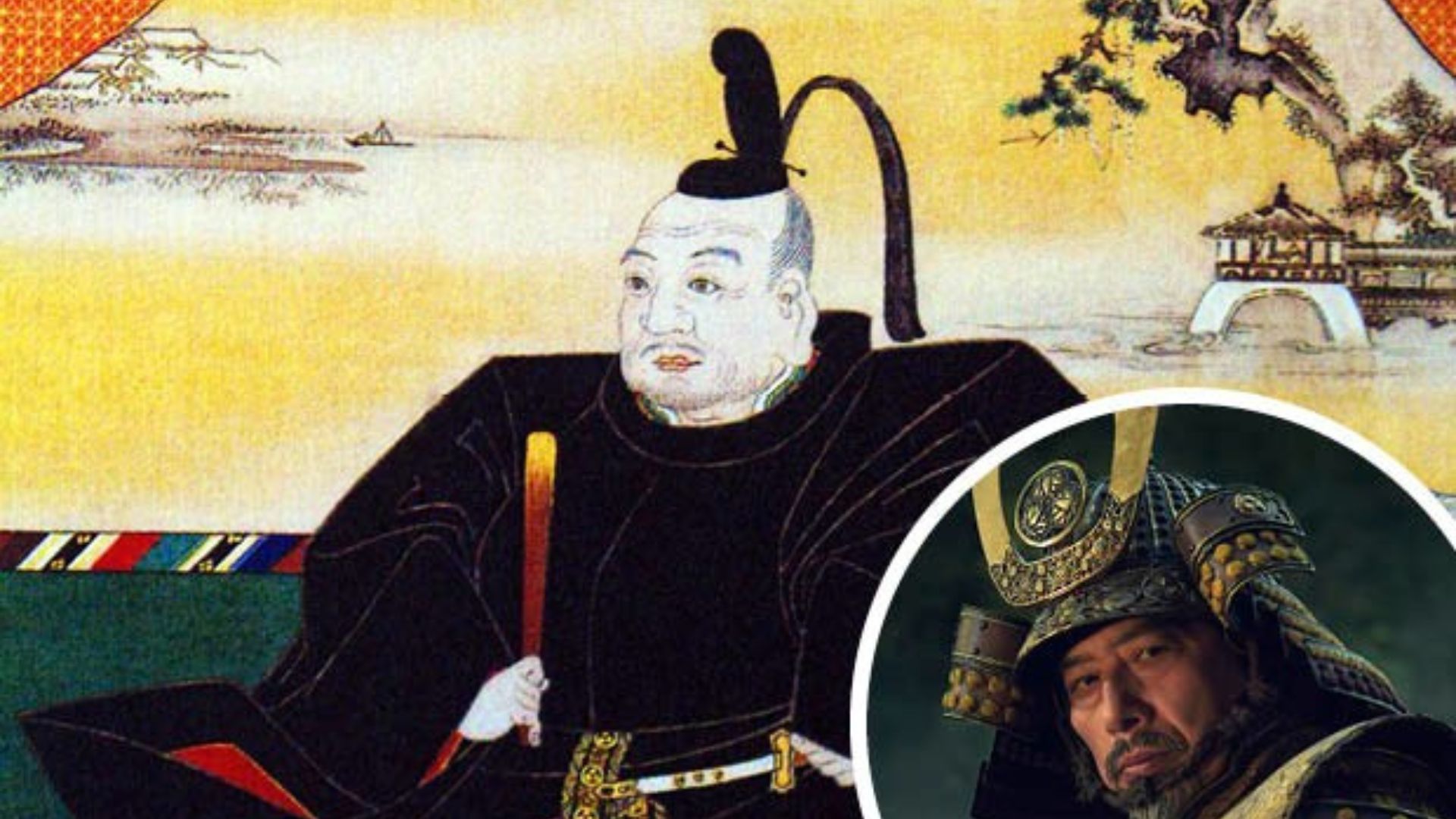The rivalry between Ieyasu Tokugawa and Hideyoshi Toyotomi shaped the course of Japanese history. Both were brilliant strategists who sought to unify Japan, yet their leadership styles, backgrounds, and ultimate fates were vastly different. While Toyotomi rose from humble beginnings to rule Japan, it was Tokugawa who established lasting peace through the Tokugawa Shogunate.

Hideyoshi Toyotomi: The Peasant Who Became Ruler
Hideyoshi Toyotomi was born in 1537 into a poor peasant family. Unlike most samurai leaders of his time, he had no noble lineage, yet he worked his way up through the ranks, eventually becoming one of Oda Nobunaga’s most trusted generals.
Key Achievements of Toyotomi Hideyoshi
-
Avenged Oda Nobunaga’s death in 1582 and took control of Japan.
-
The unification of Japan by 1590, ending centuries of civil war.
-
Implemented policies to stabilize Japan, such as the “sword hunt,” which disarmed peasants and reduced rebellions.
-
Launched two invasions of Korea (1592, 1597) in an attempt to expand his rule, though both campaigns ultimately failed.
online casino ca
Sengokuclub.com appears to be a website related to Japanese history, specifically the Sengoku period. While enthusiasts explore samurai, battles, and feudal Japan, some might also enjoy online entertainment during their leisure time. For those in Canada seeking engaging digital diversions, exploring an online casino ca can provide a thrilling experience. Discover a variety of online casino games that offer a different kind of excitement after delving into historical narratives.
Despite his success, Toyotomi never secured a strong political system. His rule was based on his personal authority rather than an established government, making his legacy vulnerable after he died in 1598.
Ieyasu Tokugawa: The Patient Strategist
Born in 1543 into a noble samurai family, Ieyasu Tokugawa spent his early years as a hostage under the Imagawa clan. However, he later allied himself with Oda Nobunaga, securing his position as a powerful daimyo.
Key Achievements of Tokugawa Ieyasu
-
Outmaneuvered rivals to seize control of Japan after Toyotomi’s death.
-
Defeated Toyotomi loyalists at the Battle of Sekigahara in 1600, securing his dominance.
-
Established the Tokugawa Shogunate in 1603, creating a stable government that lasted over 260 years.
-
Implemented strict policies like the Sakoku (closed country) policy, which kept Japan isolated from foreign influence.
Unlike Toyotomi, Ieyasu focused on long-term stability rather than military expansion. His leadership created an era of peace known as the Edo Period (1603-1868).
Battle of Sekigahara (1600): The Defining Moment
After Toyotomi Hideyoshi’s death, a power struggle erupted between Tokugawa Ieyasu and Toyotomi loyalists. The decisive Battle of Sekigahara in 1600 marked the turning point.
-
Tokugawa led 75,000 troops, while Toyotomi’s forces, led by Ishida Mitsunari, had 80,000.
-
Tokugawa used superior strategy, alliances, and betrayals to win.
-
The victory allowed Tokugawa to declare himself shogun in 1603, officially ending the Toyotomi reign.
Leadership Comparison: Toyotomi vs. Tokugawa
| Aspect | Hideyoshi Toyotomi | Ieyasu Tokugawa |
|---|---|---|
| Background | Peasant-born, self-made leader | Samurai-born noble |
| Leadership Style | Charismatic, military-focused | Strategic, patient |
| Key Strengths | Quick rise to power, military genius | Long-term planning, political skills |
| Major Weakness | Lacked a stable political system | Ruthless in eliminating threats |
| Legacy | United Japan but failed to secure a lasting dynasty | Created the Tokugawa Shogunate, bringing peace for over 260 years |
Connecting with the Australian Market: Aussie Casinos Online
Expanding Sengoku Club’s reach to the Australian market can be a strategic move. Offering resources relevant to Australian users, such as a link to aussie casinos online, can cater to this specific demographic. While not directly related to Japanese history, it shows an awareness of the diverse interests of potential viewers and participants, potentially increasing your site’s international exposure.
Conclusion
While Hideyoshi Toyotomi was an ambitious warrior who unified Japan, it was Ieyasu Tokugawa who ensured long-term stability. Their rivalry shaped Japan’s history, but Tokugawa’s patience and strategic thinking ultimately secured his victory. His legacy lasted for centuries, whereas Toyotomi’s rule ended with his son’s downfall in 1615.











